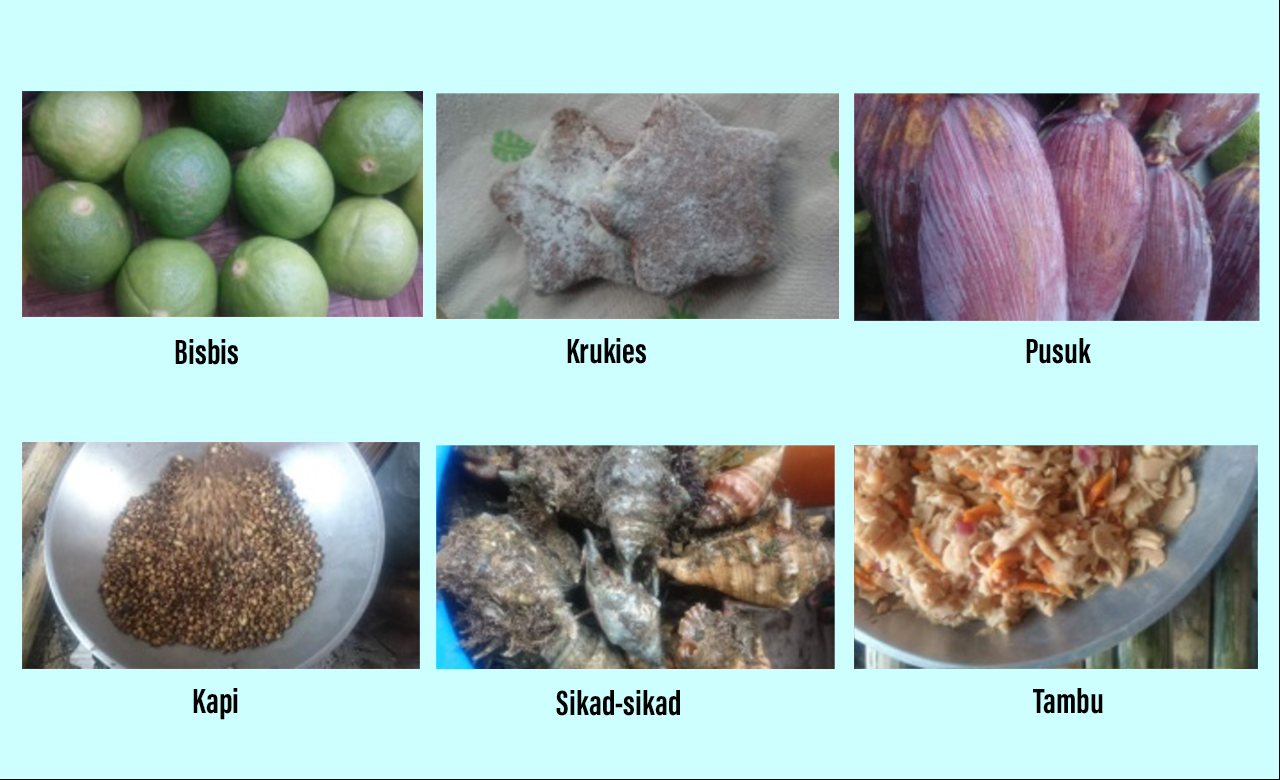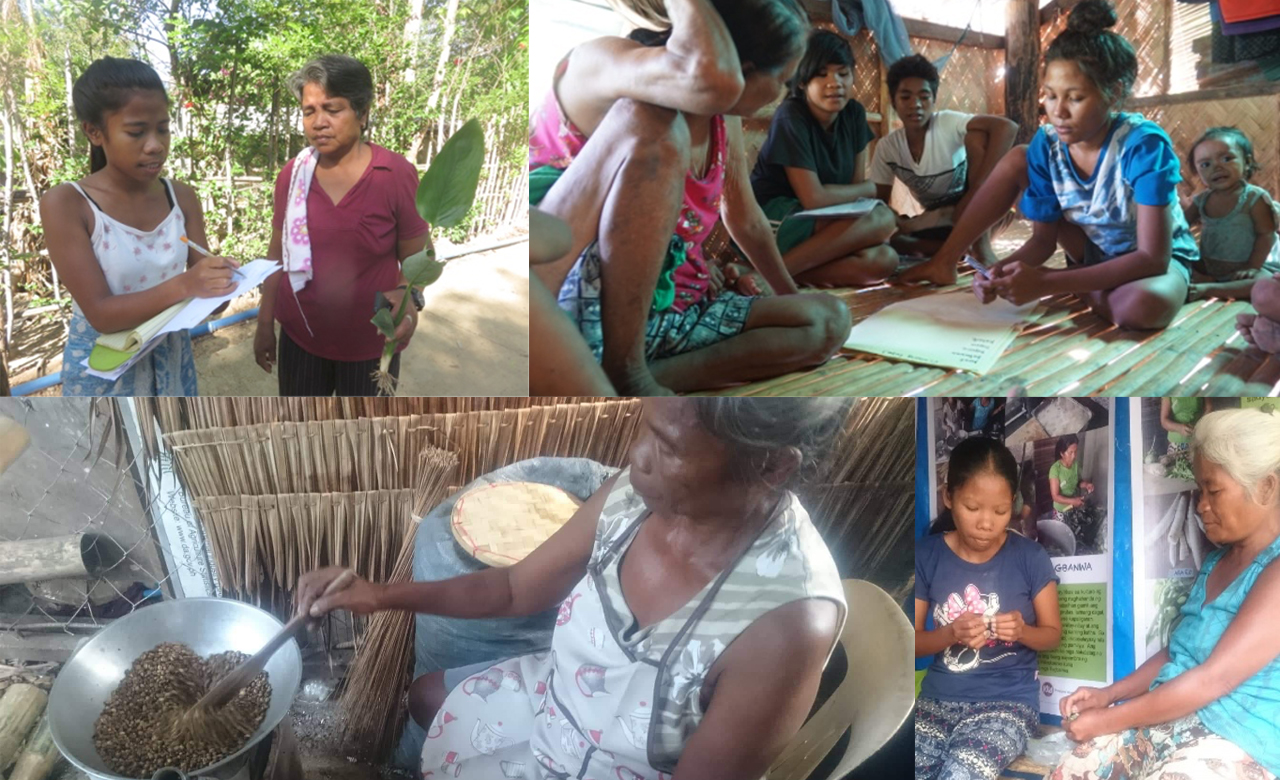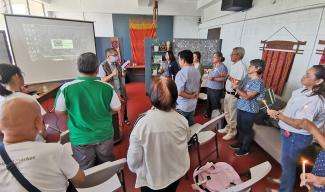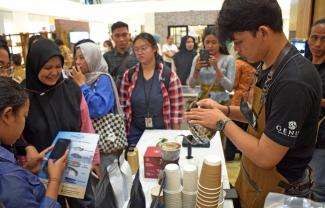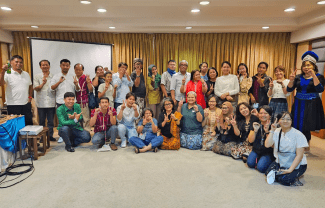What’s in a name? For the Tagbanwa people, a person’s or a place’s name signifies his/its unique feature or most abundant asset. Names in the indigenous peoples’ dialect are used to prove their occupation of their ancestral domains and eventual recognition of their right to manage it as provided in the Indigenous Peoples Rights Act in the Philippines.
Lajala, an island found south of the town of Coron, is home to a Tagbanwa community and also to a growing migrant population. While implementing the project Increasing Tagbanwa Women and Youth Capacity in Traditional Food Conservation supported by the Tikva Grassroots Empowerment Fund of Tides Foundation, the community and The Samdhana Institute rediscovered the lagala (breadfruit), a fruit-bearing tree that is part of the Tagbanwa traditional food.
The lagala, according to bay (grandmother) Lilia, used to be bountiful in Lajala and is believed to be the reason for the name of the island. Sadly, not a single lagala tree now stands in the island, but apu (grandfather) Rogelio is witness to the last tree, He remembers when He was still a young boy. The Tagbanwas in Lajala now aim to bring back the lagala to Lajala and propagate it with the help of another Tagbanwa community where the lagala thrives.
The women and youth involved in the project pursue to document, conserve, and promote traditional food. To highlight the accomplishments of the project, an annual Tagbanwa Food Festival is held every August during the town fiesta. In the 2019 festival, the Tagbanwa women fried sugar-coated lagala, and roasted and brewed barako coffee for visitors to enjoy. Other traditional food featured and sold included various fruits, vegetables, root crops, and shell food.
